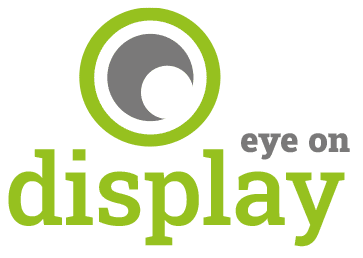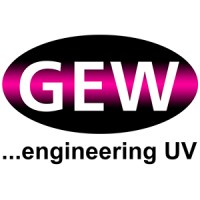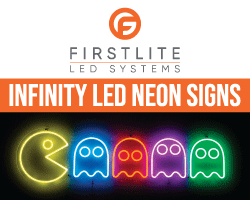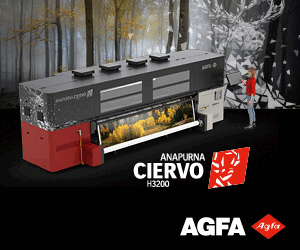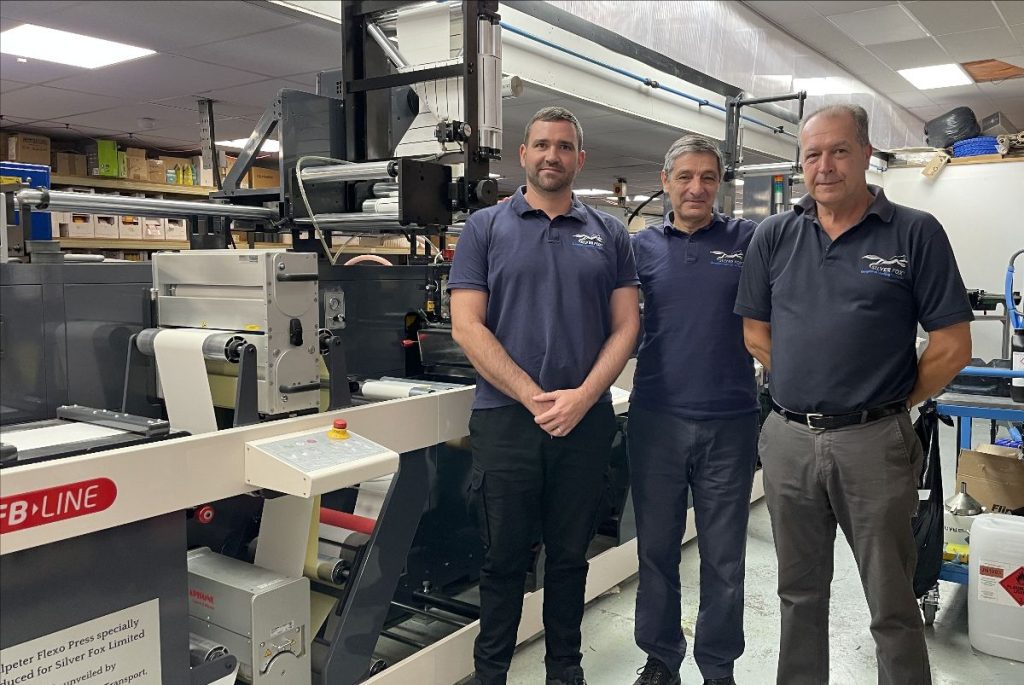
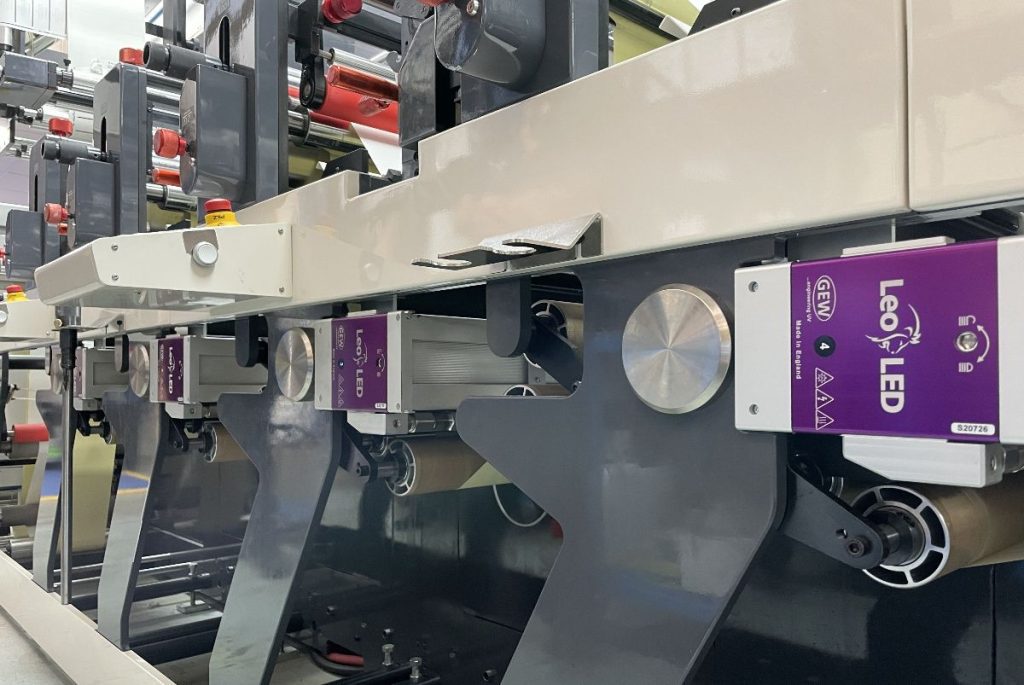
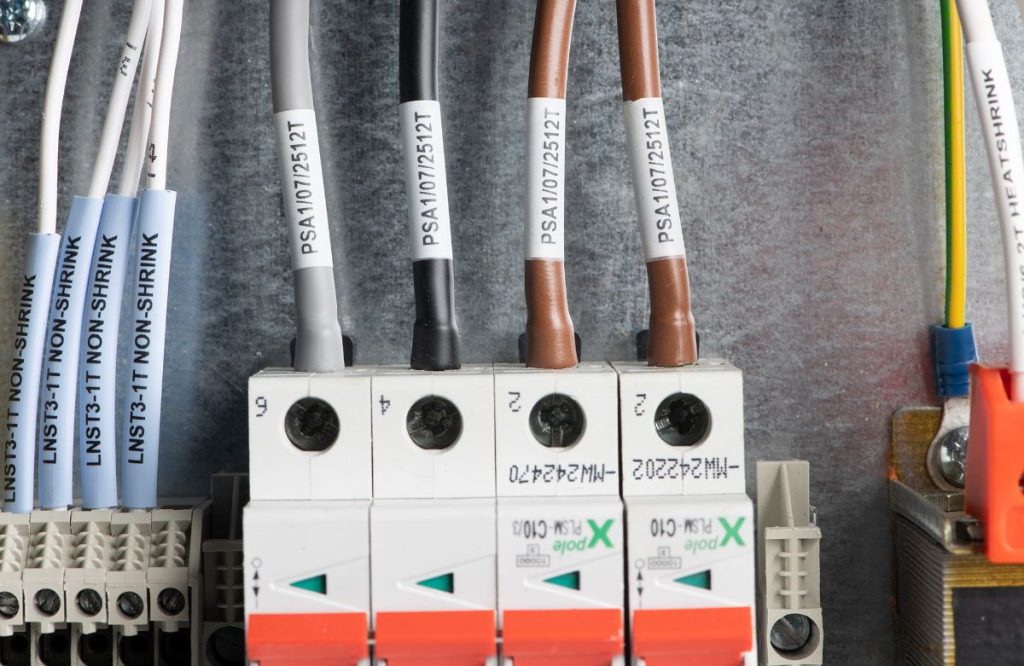
Silver Fox is a global manufacturer of specialist high-performance labels and labelling solutions designed for ease of use in demanding applications such as cabling and industrial equipment marking. The company provides a suite of products to enable professional users to produce customised, highly durable labelling on demand and on-site worldwide. Silver Fox has built an enviable reputation, and its leading-edge equipment is the default choice for many installers and contractors in sectors such as broadcasting, telecoms, oil and gas, mass transit, defence, and the chemical industry. The company also offers white labelling solutions to original equipment manufacturers (OEMs), recognising that labelling solutions are often a small part of its partner’s portfolios.
Founded in 1979 by Managing Director Nick Michaelson, Silver Fox remains a family business today. All products are manufactured in-house at the company’s UK headquarters and distributed globally, directly or through the expanding distribution network. While production was outsourced in the early days, the business strategy has always been to innovate, create its own solutions, and produce as much as possible in-house. As Michaelson explains: “From the beginning, we have had the plan to be in control of our own destiny, and it was around ten years ago that we were in a position to begin to invest in our own plant machinery to make this a reality. Most recently, and during the pandemic, we invested significantly in the Nilpeter press fitted with UV LED curing, which has been a liberator for us. We now have 100% of our production in-house, and we have dramatically reduced our order turnaround times.”
The Nilpeter FB3300 is used to produce a broad range of base labels printed with common information; these are then customised on-site by the user, overprinting with a standard laser printer or Silver Fox’s proprietary Fox-in-a-Box® thermal printer and Labacus Innovator® software.
With the company currently operating as a mid-sized player in this highly competitive market, its ability to adapt to customer needs is crucial in gaining market share. The ability to offer shorter runs on a fast turnaround and at a competitive price enables them to do exactly this, as Michaelson explains: “As we have the UV LED curing system fitted to the press, our make-readies are so much quicker. Combined with this we are saving hugely on energy costs compared to our competitors who are still using conventional drying methods, so we have the flexibility to offer all run lengths at unbeatable prices.” He adds: “While our focus is on specialist materials and quality, not production speed, we do not need to work our LED lamps hard… but to know that our energy consumption is around 60% lower with LED gives us peace of mind as a certified, carbon-negative company.”
The COVID pandemic had a mixed effect on Silver Fox’s business. While many projects were put on hold, reducing demand for certain product lines, the urgent need for safety labelling and signage saw demand soaring in these areas. Having refined its supply chains and built up stocks to compensate for the effects of Brexit in its various stages, the company was in a solid position to cope with this sudden increase in demand. The pandemic also increased the management team’s resolve to have complete control of production and output; they proactively used any available downtime to trial various inks, varnishes and substrates to optimise their product range and to get the best from their new press and its LED capabilities. This exhaustive testing and development process also served the more fundamental purpose of due diligence, to ensure that the planned equipment would more than satisfy business needs for many years to come.
A typical press run for Silver Fox would be to print safety yellow and black with a double-hit opaque white base and matt varnish on a synthetic substrate. UV LED is renowned for being particularly good for curing opaque whites as the longer wavelength penetrates deep into the ink. With these whites being so regularly used at Silver Fox, this formed another argument in favour of choosing UV LED. However, while many label printers currently cure coatings and varnishes with conventional arc UV due to the cost and range of LED coatings available, Silver Fox dares to be different. Adam Howell, Press Minder, comments: “We use a duct-applied LED varnish, and we consciously decided to go all LED. By doing this, we don’t have the complexity of looking after dual systems, and we are future-proof… besides, the benefits of UV LED far outweigh the small extra cost, and full LED helps us to maintain our status as one of the UK’s only carbon-negative SME manufacturers.”
This drive to further improve the business’s sustainability credentials motivated Michaelson to choose UV LED, as he explains: “Everything we do is geared towards supporting our users by offering solutions that help them reduce costs, reduce waste and save them time. For example, all of our thermal labels go through the same printer and use the same ribbon with the same software. We’ve even designed a function, that enables users to roll back their label reels to keep wastage to an absolute minimum. But above all, we design high-quality products that ensure long term durability. To demonstrate this durability, we have labels that are successfully and non-destructively tested for 8,000 hours of accelerated UV ageing. So in terms of our production, choosing a low maintenance, energy efficient, quick start-up LED system was a no-brainer for us.”
A further vote in favour of choosing LED, in general, came from industry suppliers, as Milan Krneta, Production Manager at Silver Fox, describes: “As we had not used UV curing before, we had no preconceived ideas or any baggage tying us into using a particular technology. We spoke to a number of industry experts, all of whom advised us on the benefits of LED. That said, we had to be 110% sure it would work for us, as our products have to perform to the highest specifications.”
Having decided that LED was the way to go, Michaelson and his team spent several months researching which UV system manufacturer to partner with for their incoming press. They eventually opted for GEW from a small pool of contenders: “We found GEW to be so helpful and knowledgeable. That coupled with their already established relationships with machine manufacturers, it made sense for us to choose GEW. Another positive for GEW, also helped us in our decision, this was that even though they enjoyed these established relationships with the press manufacturers, they did not take it for granted. They worked hard to advise and support us all the way.”
The UV system was installed by GEW’s technicians on-site at Silver Fox soon after the press was commissioned in September 2021. Milan Krneta comments: “The installation was painless, and now we don’t really have to think about the UV system… we turn it on, do the job and turn it off, simple as that. We mostly run it at around 40 to 50% of its full power capability, so we have plenty in reserve if we need it. The GEW LED system is such that if we have a particularly demanding job, we can more than deal with it.”
Krneta goes on to highlight an issue they experienced during the early days of their pre-production trial printing, whereby a particular ink base was not being as effective when being overprinted by a standard laser printer, as he and his team demanded. This was found to be due to the curing system being set on a slightly higher power than needed, following a call to GEW’s service team, who were immediately able to take a closer look at the system configuration online through GEW’s Remote Monitoring platform. The issue was then quickly and simply resolved with a minor power adjustment.
After almost a year of working with the new press and its UV system, Michaelson sums up his thoughts: “I am so, so pleased that we went down the LED route for our press. We are ahead of the curve and our competitors as a result. We have quick set-up, low energy consumption, no heat, no ozone, no ducting, ease-of-use and production flexibility… what more could we want?” He concludes: “It has opened up a world of possibilities for new product ranges and new customers, not to mention the crucial environmental benefits it brings. There’s no question it has set us free.”
